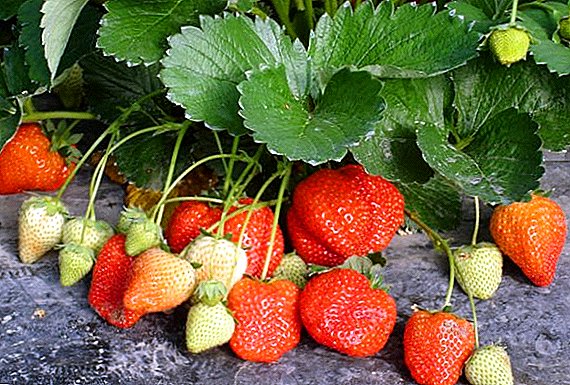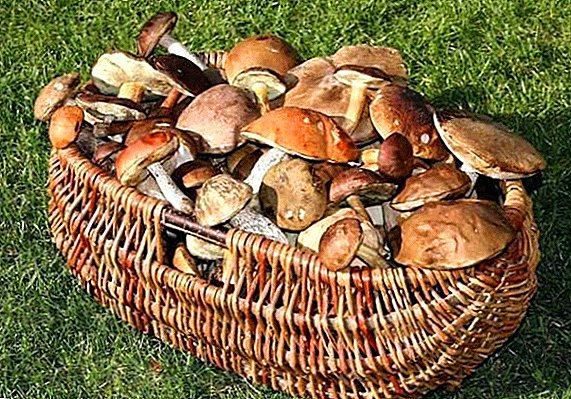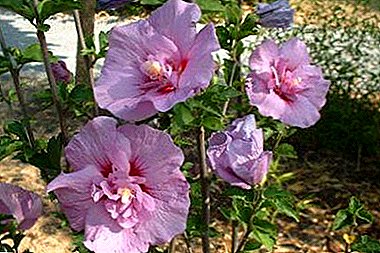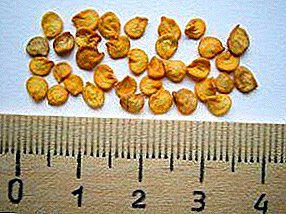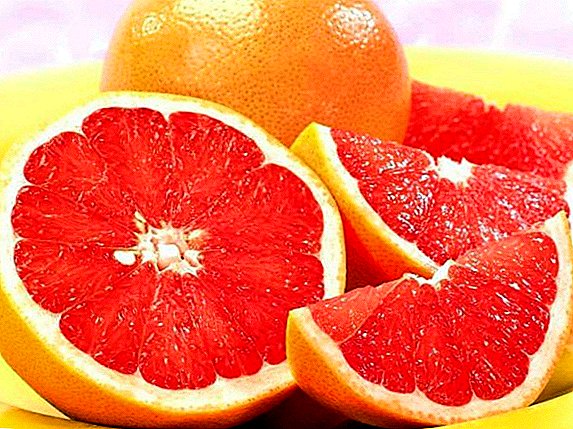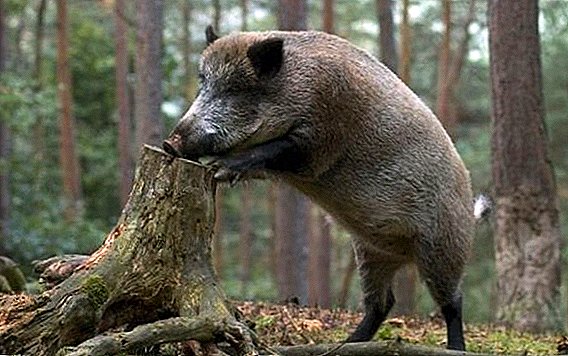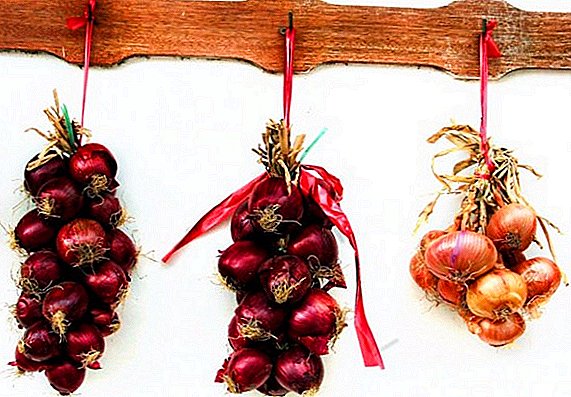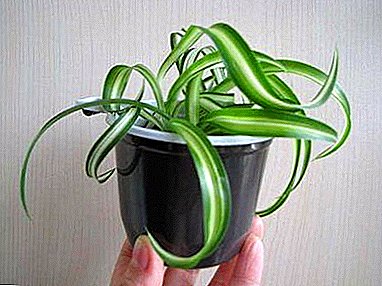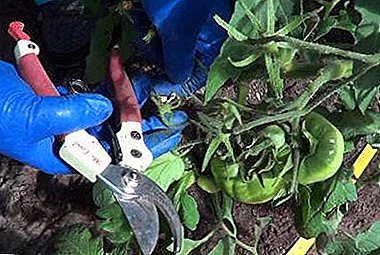
The formation of tomatoes is carried out in order to reduce the ripening time of fruits and increase their size. Knowing the characteristics of a variety or hybrid during the growing season, nipping the tops, trimming parts of the leaves, and pinching are done.
Not all gardeners, especially beginners, are familiar with all the subtleties of this important matter for the further growth of tomatoes.
In the article we will try to answer the most important questions about the formation of tomato bushes growing in the greenhouse.
Why do I need a procedure?
In the northern and temperate climatic zones of vegetable growing the formation of tomatoes makes it possible to get an early harvest and improve the quality of the fruit. As a result, the fruits growing on the main stem ripen early, but the total yield from the bush decreases. In regions with a warm climate, low-growing varieties have time to give the entire crop without the formation of a bush.
What is necessary for her?
Sharpened knife, razor or scissors prepared in advance. They will come in handy if the stepchildren grew too large.
Important. To avoid the spread of disease as a result of injury to the tomato, wash the tools with soap or baking soda, then disinfect - scalded with boiling water.
When to start?
 The rate of removal of flowers, stems and leaves is determined by varietal characteristics of tomato. Also take into account the light, temperature in the greenhouse and the health of the plant.
The rate of removal of flowers, stems and leaves is determined by varietal characteristics of tomato. Also take into account the light, temperature in the greenhouse and the health of the plant.
- Shaping the bush begins when the shoots growing from the leaf bosoms reach a length of no more than 4-5 cm, which occurs 2-3 weeks after planting.
- In tall tomatoes form the main stem pinch the growth point in the 1-2 decade of August.
- Pinching in the middle lane is carried out a month before the onset of frosts - in the middle of the first or second decade of August.
How to form tomatoes?
- The greatest force of growth is the shoot, located under the first inflorescence. He is left to continue the main stem of the determinant varieties.
- Early ripening varieties often form one or two stems, at least - in three.
- Plants with unlimited growth are first tied to a support, then shaped.
- In heated greenhouses on tomatoes 10-12 brushes are left, in unheated - 6-7.
- In plants that have reached the roof, 3 leaves are left above the upper inflorescence and pinch the growth point.
- The first to remove the young shoots that grew immediately under the brushes from the sinuses of leaves, otherwise the plant can throw off the flowers and ovary.
- During heat waves, they temporarily refrain from forming, because at this time the plant is under stress and badly heals wounds.
- To dry the wounds, the tomatoes are watered a day after the formation.
Formation taking into account the variety
- Superdeterminant varietiesgrown in a greenhouse with a thick planting, form in one stem. Leave 2-3 inflorescences located through a leaf or one after another. Despite the fact that it will take a lot of seedlings, the harvest is expected to be abundant, friendly and super storey.
- Determinant Varieties limit growth after the formation of 4-6th inflorescence. Further growth continues due to escape from under the top brush. The side stem, which is tied to the string, continues to grow and produces 2-3 additional brushes. At the same time, the rate of ripening increases by 7-9 days.
- Semi-determinant varieties when grown in a greenhouse, tomatoes are grown in one stem - up to 2 reserve shoots are left in the upper part. When the growth of the main stem ceases, development continues at the expense of the reserve stem.
- Indeterminateplants with unlimited growth and later maturation, lead in one stem, constantly removing the side.
- Standard Grades form:
- in three or four stalks, leaving 2 brushes;
- in two stalks on 4 brushes.
Also remove the leaves, blocking the inflorescences - from the ground and located inside the rows.
Ways
Acceptance of the formation consists in pinching, thinning the leaves and pinching the growth point.
Pinching tops
 Low-growing tomatoes do not pinch, as they have growth stops at the time of the formation of a flower brush at the top of the shoot. Pinching the tops of tall tomatoes stops the growth of the stem in height and does not give development to new ovaries.
Low-growing tomatoes do not pinch, as they have growth stops at the time of the formation of a flower brush at the top of the shoot. Pinching the tops of tall tomatoes stops the growth of the stem in height and does not give development to new ovaries.
- Pinching is carried out, depending on the variety, on the 2nd, 3rd, or 4th brushes. Above inflorescences with ensuing fruits, leave 2 leaves, then remove the growing point.
- At the same time, the inflorescence is removed in the phase of budding or immediately after flowering, since the fruits formed from them do not have time to fill.
Pinching is done 30-35 days before the last harvest. Lianovodnye plants with small fruits pinch after 5-7 brush.
Leaf pruning
Old and damaged leaves are removed in the early stages of development in order to prevent the development of fungal diseases and improve air circulation. 1-2 sheets per week - Early in the morning the leaves break off easily, the day ahead in front of the plant is for the wound to heal.
At the time of gathering fruits from the 1st to the 2nd hand, they should be removed - by a third, then by half, and finally, completely. Also come with subsequent brushes. At least 15 leaves should always be left on the plant to ensure nutrition and growth.
Trimming begin at the beginning of flowering 3rd brush. On indeterminate varieties enough to leave 27-30 leaves. First of all, the yellowed leaves, which no longer function as photosynthesis, are cut off the fruits.
Note. From a tomato bush, more than 170 cm high, 3 leaves are cut daily, 2 heavily loaded with fruits, 2 each, and over-growing 4 leaves each.
Masking
Side shoots, stepchildren, use nutrients for their own growth. To direct the food to the ripening of fruits, agrotechnical reception pasynkovanie - removal of shoots.
When reaching the length of the stepson, 1-3 cm, he is plucked out with his fingers or cut off. So that a new stepchild does not grow from a sleeping kidney, a stump of 0.5-1 cm is left. In a damp summer, you can avoid leaving a stump as during high humidity and low temperatures the risk of infection by fungal diseases through the wound increases.
Masking is done every 5-7 days.
 Shaping the plant by pinching:
Shaping the plant by pinching:
- single-stem form - on the main stem, remove all lateral shoots before and after the first flower brush;
- double stem - leave the main stem and stepson under the first flower brush;
- triple stem - additionally leave another stepchild growing below the first.
To get large, attractive fruit, thin the ovary. No more than 6 fruits are left in the hand - the first double flowers and excess small ovaries are removed.
In practice, utility greenhouses most often determinant tomatoes are formed as sredneroslye, 2-3 stem, leaving up to 7 brushes. At the same time, the volume of the harvest increases significantly, and the ripening period is delayed by 7-10 days.
Leaves and shoots consume a large amount of nutrients, which, when removed, are redirected to the growth of tomatoes. Formed bushes are easier to care for - they are better lit and ventilated. The root system of the plant is working hard on the development of fruits.


